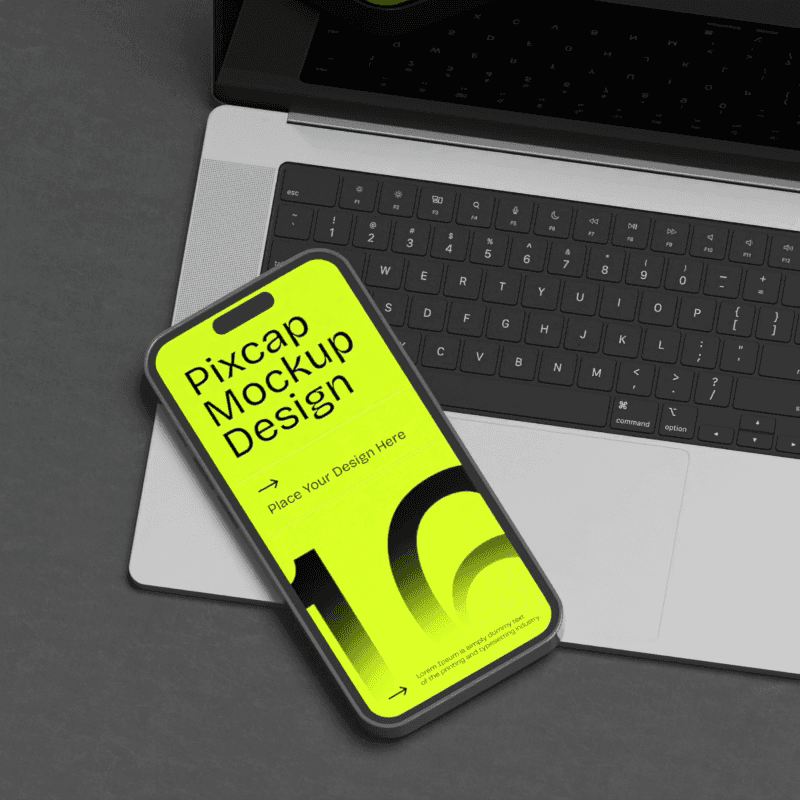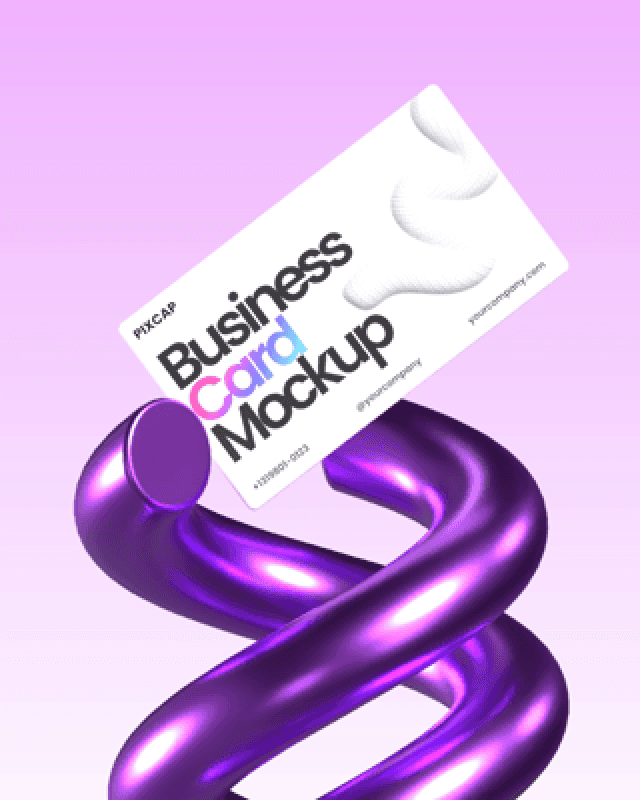Illustration is a form of visual art that involves creating images and designs to convey a message or tell a story. It is used in various industries such as publishing, advertising, and entertainment.
If you have a passion for drawing and storytelling, becoming an illustrator might be the perfect career path for you.
Read on to discover everything you need to know about becoming an illustrator.
What is Illustration?
Illustration is the art of visual communication through the use of images and drawings. It is a versatile and dynamic field that encompasses various styles and techniques, from traditional hand-drawn illustrations to digital artwork.
Illustrators play a crucial role in bringing ideas to life, whether it's for children's books, advertisements, or video games. They use their creativity and skills to create eye-catching and impactful visuals that capture the audience's attention and convey a message.
How To Become an Illustrator in 6 Steps
To become an illustrator, you will need a combination of skills, education, and experience. Here are some steps to guide you on your journey towards becoming an illustrator.
1. Develop Your Artistic Skills
The first step in becoming an illustrator is to have a strong foundation in art. This involves honing your drawing, painting, and design skills through practice and experimentation.
As an illustrator, you will need to be proficient in various mediums such as pen and ink, color combinations, watercolor, digital software, and more. It's essential to have a diverse skill set to cater to different client needs and project requirements.
2. Get a Formal Education
While having a degree is not always necessary, getting a formal education in illustration can provide you with valuable knowledge and skills to succeed in the industry.
Many universities and colleges offer programs specifically for illustration, and some even have courses that focus on specific styles or techniques.
In addition to technical skills, an education in illustration can also teach you about the business side of being an illustrator, such as marketing and client management.
3. Master Digital Tools
In today's digital age, having skills in digital illustration is a must. Learning how to use software such as Adobe Photoshop and Illustrator can open up more illustration jobs for you.
Additionally, being proficient in digital tools allows you to work faster and more efficiently, which is essential when working on deadlines.
4. Find Your Niche
Illustration is a broad field, and it's essential to find your niche or style as an illustrator. This can be anything from children's book illustrations to editorial illustrations or even game design.
Finding your niche will not only help you stand out in a competitive market, but it will also allow you to focus on projects that align with your interests and strengths.
5. Build Your Portfolio
A strong portfolio is crucial for any aspiring illustrator. It showcases your skills, style, and range of work to potential clients and employers. As you develop your skills, be sure to continually update your portfolio with your best and most recent pieces.
You can also participate in art competitions, exhibitions, or online challenges to gain exposure and add to your portfolio. Networking with other artists and attending industry events can also lead to potential opportunities.
6. Establish Online Presence
In today's digital world, having an online presence is essential for any creative professional. Create a website or social media account to showcase your work and connect with other artists and potential clients.
Posting regularly on your social media platforms can also help you gain a following and attract potential clients and job opportunities.
Check out our stocks of social media templates here
Graphic Designer or Illustrator? Which One is Right for You?
While graphic designers and illustrators both create visual designs, there are some key differences between the two professions.
Graphic designers focus more on designing for a specific purpose or message, while illustrators have more creative freedom to tell a story or evoke emotions through their artwork.
If you enjoy working with typography and creating layouts, graphic design might be the right fit for you. Pixcap design platform is a simple yet powerful tool to get you started with graphic design.
However, if you love drawing and storytelling, becoming an illustrator might be your calling.
Illustrator Skills That Employers Need
To be successful as an illustrator, you will need more than just artistic skills. Employers also look for the following skills in potential candidates:
Creativity and Imagination: The ability to think outside the box and come up with unique and innovative ideas is crucial for creating captivating illustrations.
Strong Drawing and Illustration Skills: Proficiency in various drawing techniques and styles, along with a keen eye for detail, is essential to bring illustrations to life.
Solid Knowledge of IT and Digital Tools: Familiarity with digital software and tools used in the illustration industry is necessary to effectively create and manipulate digital artwork.
Attention to Detail: Paying meticulous attention to details ensures that the illustrations are accurate, visually appealing, and meet the requirements of the project or client.
Ability to Work on Tight Deadlines: Illustration projects often come with strict deadlines. Being able to manage time effectively and deliver high-quality work within the given timeframe is crucial.
Communication and Collaboration Skills: Effective communication and collaboration with clients, art directors, and other team members are essential for understanding project requirements and delivering satisfactory results.
Adaptability and Flexibility: The ability to adapt to different art styles, client preferences, and project requirements is important for an illustrator to excel in a dynamic and ever-changing industry.
By possessing these skills, aspiring illustrators can increase their chances of securing rewarding opportunities and thriving in their creative careers.
Illustrator Salary and Career Growth
The salary of an illustrator can vary greatly depending on factors such as experience, industry, and location. The median annual wage for illustrators in the United States is around $72,000.
As an illustrator gains more experience and builds a strong portfolio, they can command higher rates and potentially move up into more senior positions such as art director or creative director.
In addition to traditional job opportunities, illustrators also have options like freelancing, licensing their artwork, and creating products with their designs.
Where to Find Jobs as an Illustrator?
As an illustrator, you can find job opportunities in various industries such as publishing, advertising, design agencies, and more. Here are some resources to help you find illustration jobs:
Online job boards such as Indeed or LinkedIn
Freelance platforms like Fiverr or Upwork
Networking with other artists and industry professionals
Contacting publishers or creative agencies directly
Showcasing your portfolio at art fairs or exhibitions
Conclusion
Becoming an illustrator takes a combination of artistic skills, education, and experience. With dedication and determination, you can turn your passion for drawing into a fulfilling career.
Keep learning, stay updated with industry trends, and always strive to improve your skills – success as an illustrator is within reach.
Frequently Asked Questions
1. What qualifications do I need to be an illustrator?
While a formal education in illustration can be beneficial, it is not always necessary. Many successful illustrators are self-taught or have a degree in a related field such as fine arts or graphic design.
2. How long does it take to become an illustrator?
The time it takes to become an illustrator can vary, but it typically involves a combination of self-study, practicing and building a portfolio, and gaining work experience. This process can take anywhere from several months to several years.
3. Can I make a living as an illustrator?
Yes, you can make a living as an illustrator. It may take some time and effort to establish yourself in the industry, but there are many opportunities for illustrators in various industries.
4. What are some essential tools for illustrators?
Some essential tools for illustrators include drawing materials such as pencils, pens, and markers, digital tools like a tablet and software such as Adobe Photoshop or Procreate.














